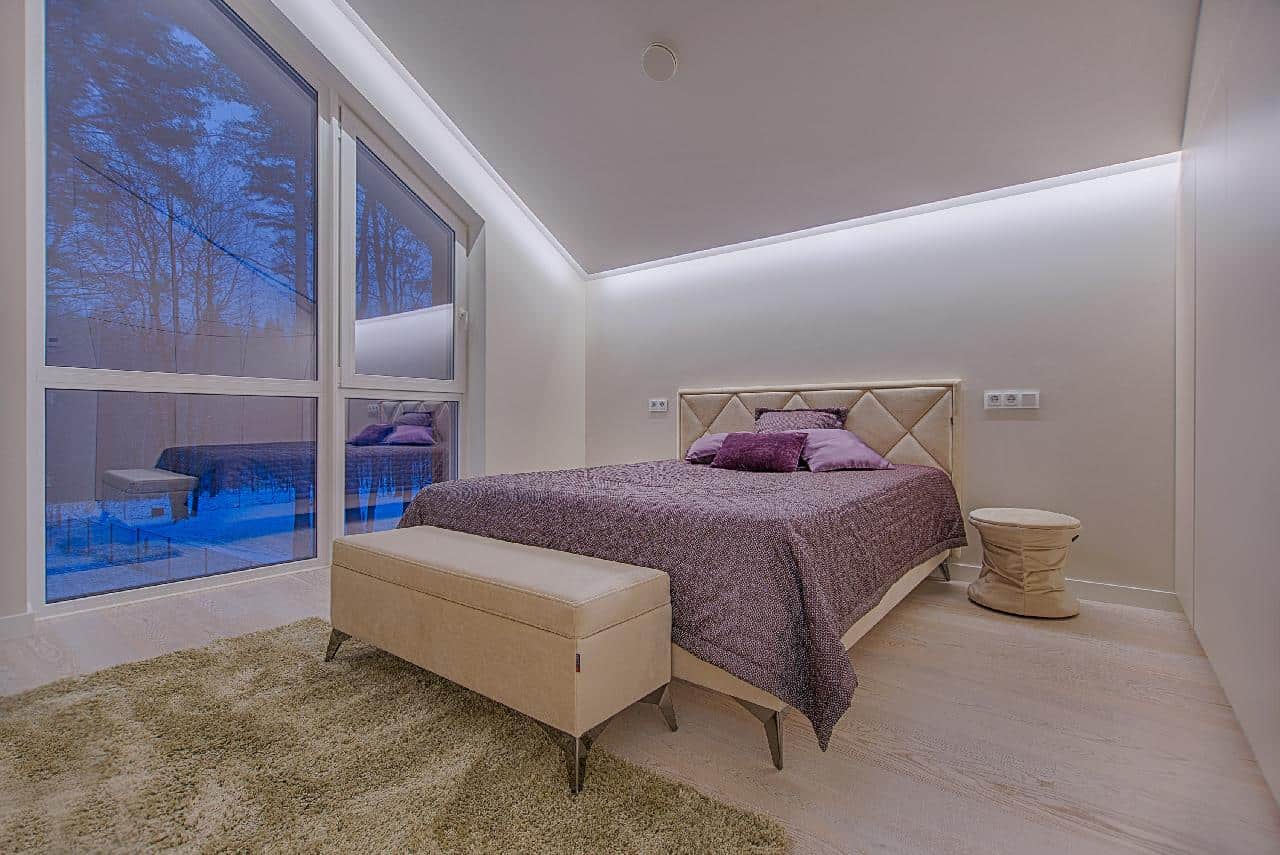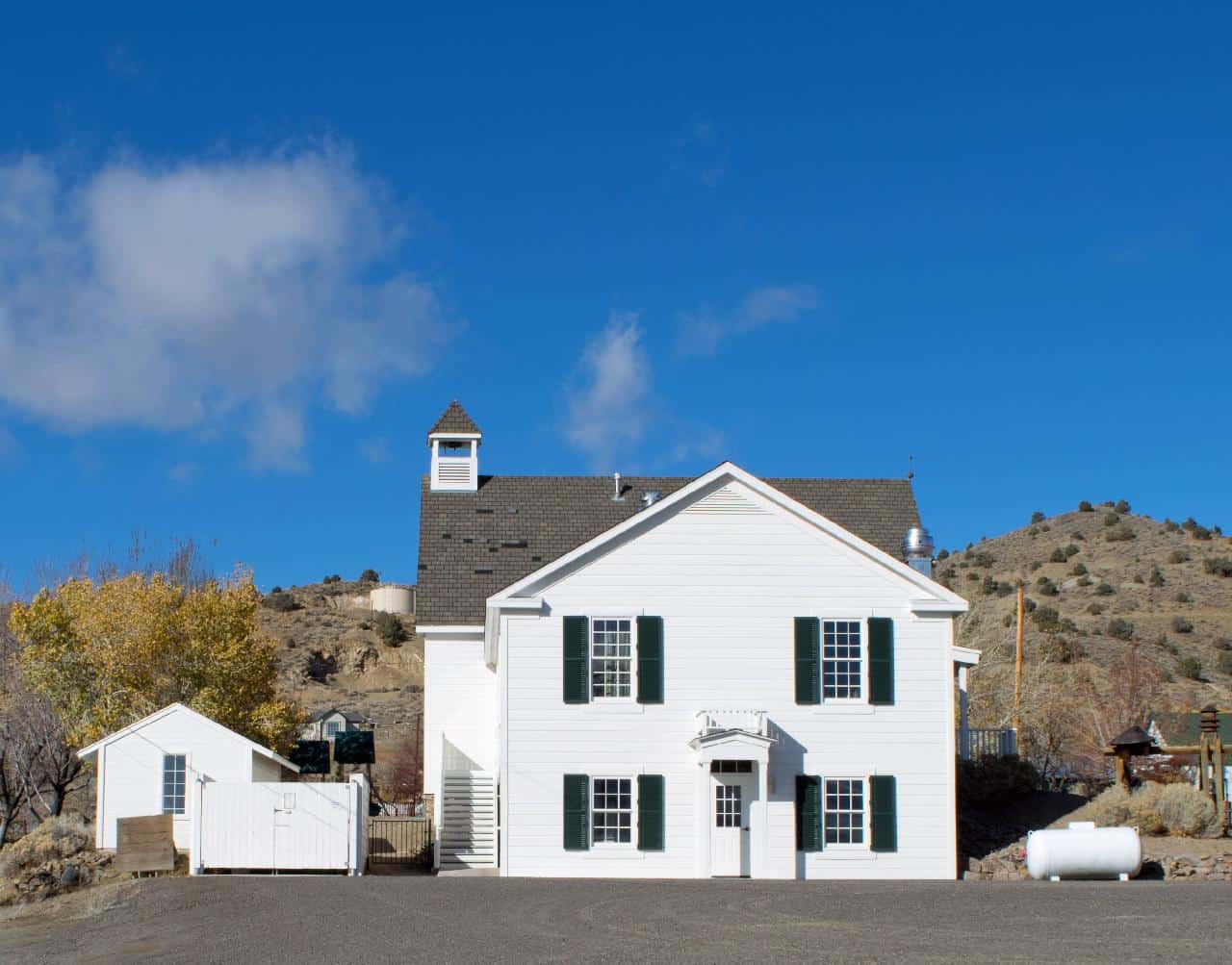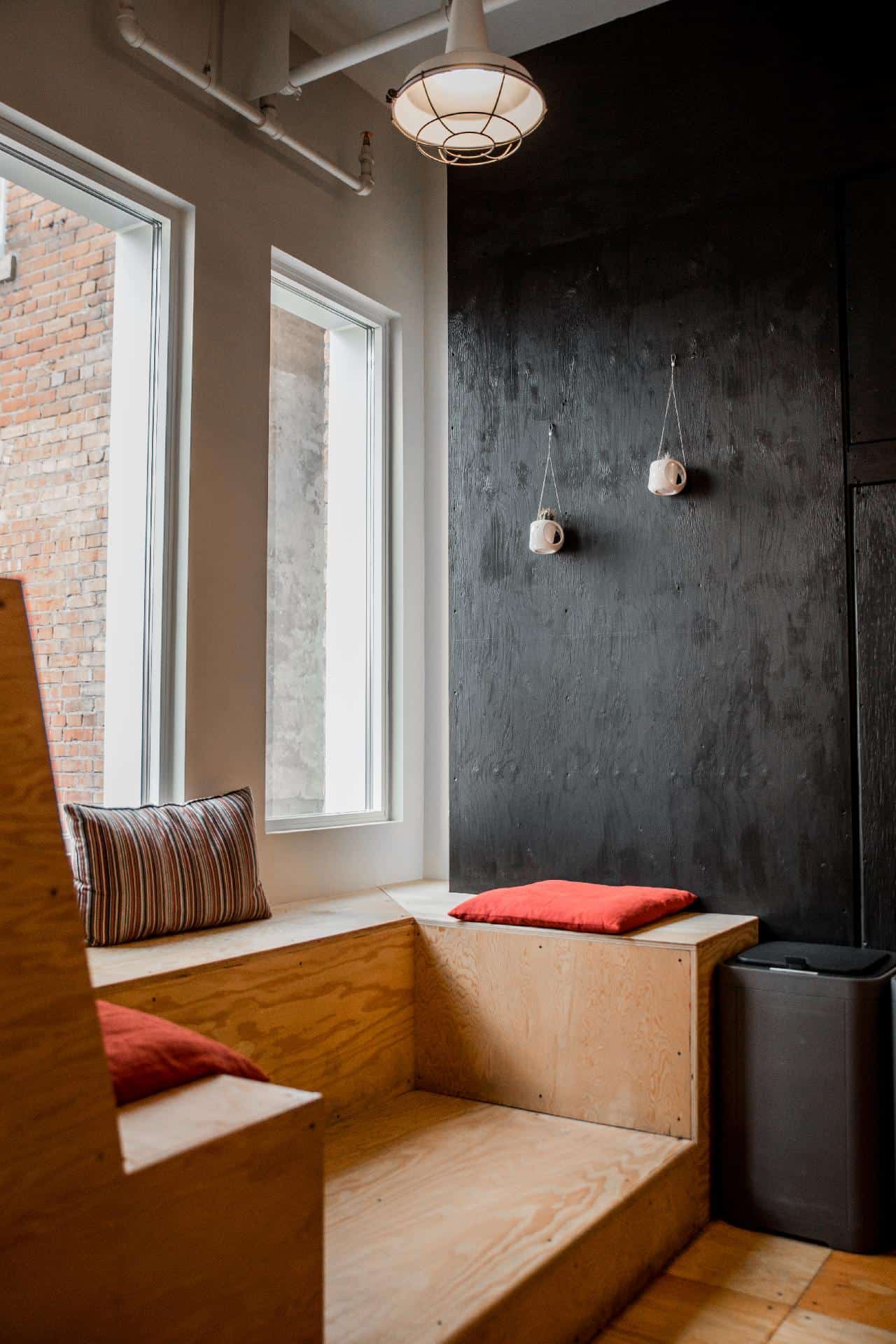Walls can allow a lot of heat loss in your property. Penetration and cracks can also allow uncontrolled air leakage into and out of your dwelling. Thankfully, installing wall insulation in your property can make a big difference in its energy performance and comfort.
You’ve probably heard about many different wall insulation blankets methods, which can be overwhelming to figure out the type that fits your home. Read this article to find out the various types of wall blanket insulation.
What Is Wall Blanket Insulation?
Blanket insulation is one of the most widely used types of insulation. This insulation comes in the form of rolls and batts consisting of flexible fibers, mostly fiberglass. You also may find rolls and batts made from things like:
- plastic fibers
- mineral wool
- natural fibers (ex. sheep’s wool and cotton)
You can find batt insulation in pre-cut panels. Roll insulation is available with and without facing and can be cut into continuous rolls to fit the space to fill. Blanket insulation is often used in spaces with little obstructions, like unfinished walls, floors, and ceilings.
When assessing the efficiency of wall blanket insulation, it’s advisable to look at the material’s R-value. The R-value is a measure of a substance’s thermal resistance. Typically, insulations with a higher R-value tend to be more effective insulating compounds.
- Fiberglass Insulation
Fiberglass insulation is a widely available wall blanket insulation. Since its introduction, it has remained a superior product for residential and commercial construction.
It’s non-flammable and resistant to damage by insects and moisture. This insulation is typically made using plastic that’s reinforced with very fine glass fibers. Fiberglass is usually used in the walls, crawl space, attic, and rim joist.
Fiberglass insulation comes in two different forms—blown-in loose-fill and pre-cut batts. Fiberglass batts and rolls come in standard and high-density options. Alo their thickness ranges anywhere from 3 to 12 inches.
The R-value of standard fiberglass ranges between 2.9 and 3.8 per inch while that of higher-density is between 3.7 and 4.3 per inch. Installing fiberglass insulation is a cost-effective and easy way to help conserve energy in remodeling and re-insulation markets and residential and commercial new construction.
- Mineral Wool (Rock or Slag) Insulation
Mineral wool is an insulation option produced from basalt and industrial slag. Manufacturers use a high-tech process to spin a molten mixture of rock and slag into insulation blankets.
Rock wool is primarily made up of fibers produced by combining blast furnace slag, aluminosilicate rock (basalt), and dolomite or limestone. Rock wool insulation typically contains 70 to 75 percent natural rock and the remaining percentage is blast furnace slag. Slag wool is made up of approximately 70% blast furnace slag, and the remaining percentage is natural rock.
Slag and rock wool come in various forms, shapes, and sizes. This includes batt, board, spray-applied, and loose-fill for different applications.
Slag and rock wool insulations provide a wide range of benefits for builders intending to use eco-friendly materials with proven performance. Rock and slag wool insulations offer great thermal resistance. They have been tested per applicable industry standards─ so their R-value doesn’t decline over time.
Mineral wool insulations are naturally non-flammable and remain so for their lifetime. They can withstand temperatures above 2,000°F. This makes them the ideal passive fire protection in many buildings.
Rock and slag wool insulations are high density and fibrous, which are characteristics of sound absorption materials. Also, these insulations are resistant to bacteria, fungi, and mold as they are inorganic.
Different rock wool and slag wool insulations can be made using different proportions of the raw materials. Because of this, the end products often have relatively similar performance attributes.
- Cotton Insulation
If you’re looking for one of the best and most environmentally friendly insulation options, cotton is a good place to start. Plus, it has an R-value of 3.4 per inch and requires very little energy to manufacture.
Cotton is very recyclable as it’s mostly manufactured from factory denim scrap. Recycled cotton consists of 85 percent recycled cotton, and the remaining volume is plastic fibers. The plastic fibers in the insulation are usually treated with borate to repel insects and rodents and make the product flame-resistant.
Cotton insulation comes in batts and typically costs 15 percent to 20 percent more than fiberglass batt insulation. The good thing, recycled cotton is non-hazardous and non-toxic, so you can install it without risking skin and respiratory problems.
- Sheep’s Wool Insulation
Sheep wool insulation can help keep your property cooler in summer and warm in winter. Besides, using sheep wool for insulation is one of the most sustainable natural ways to insulate your property.
Wool fibers are naturally crimped, forming millions of tiny air pockets that trap air that helps provide a thermal barrier. Wool batts thermal conductivity stands at 3.6 per inch, with loose-fill outperforming at 4.3 per inch.
Sheep wool can also absorb moisture without losing its insulating ability. This makes it a great choice to use in your loft space where there’s more condensation.
Sheep wool is known to purify the air by absorbing and neutralizing toxic substances. It can absorb harmful substances, including Formaldehydes, Sulphur Dioxide, and Sulphur Dioxide to neutralize them.
Sheep wool, like cotton, offers outstanding sound insulation. Also, it doesn’t burn, making it about the only fiber that resists flaming. Wool has a high percentage of nitrogen, so it just smolders and self-extinguishes instead of bursting into flame.
Wool doesn’t itch, and it’s easy to work with, so you won’t necessarily need safety equipment to use it to insulate your lofts. It’s also 100% natural material that needs little energy to produce. Most of the energy is spent washing it before use.
Insulation Is Good for Your Property
Insulation is an important element to add to your property if you care about energy efficiency. By adding the right insulation, you will slow and reduce air transfer.
Be sure to double-check out your basement, crawl spaces, the attic, and more areas. You may be able to add wall blanket insulation to save on heating and cooling costs.
For more tips and advice on home improvement topics, check out our blog.
Discover more from Futurist Architecture
Subscribe to get the latest posts sent to your email.




